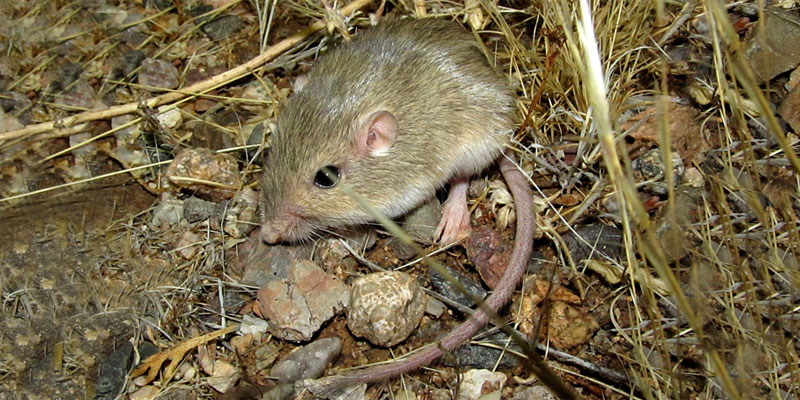
Led by Mammologist Scott Tremor and assisted by San Diego Zoo Global Biologist Shauna King, our biologists surveyed for the Pacific pocket mouse by live trap and track tubes. The Museum designed these surveys to complement years of monitoring conducted by U.S. Canada: UBC Pres.Museum staff designed and conducted a study to determine the effects of vegetation, soil, and food plants on populations of the federally-endangered Pacific pocket mouse ( Perognathus longimembris pacificus) on Marine Corps Base Camp Pendleton. The Smithsonian Book of North American Mammals. Description of a new rock pocket mouse, Chaetodipus intermedius, from New Mexico. Morphological variation among rock pocket mice (Chaetodipus intermedius) from New Mexico lava fields. Cheek pouch capacities and loading rates of heteromyid rodents. Reproductive ecology of some Sonoran desert rodents. Ability of Dipodomys merriami and Chaetodipus intermedius to locate resource distributions. Banded chromosomes of four species of pocket mice (Rodentia: Heteromyidae). Spatial memory of Rodents:Comparison of a storing and non-storing species.

John Maggirias (author), University of Toronto. No literature available to identify negative economic importance to humans. No literature available to identify positive economic importance to humans. Cheek pouch volume is directly proportional to body size (Vander-Wall et al., 1998). They are capable of collecting seeds in fur-lined cheek pouches. Rock pocket mice are granivorous, feeding on a variety of seeds depending on availability (Rebar, 1995 Wilson and Ruff, 1999). They accomplish this by altering basal metabolic rate to be higher in colder temperatures (Wilson and Ruff, 1999). During colder periods they become torpid but may remain active for a period of two hours when temperatures are below freezing.

Dental formula is 1/1 0/0 1/1 3/3=20 and cheek teeth of are ever growing (Vaughn, 2000). The bottoms of their hind feet are bare to the heels (Wilson and Ruff, 1999). Hairs are coarse with weak "spines" on the rump (Wilson and Ruff, 1999). al., 1988) Pelage is grayish brown on the back with pale orange brown lines on the sides and white underneath. Body size varies regionally (Weckerly et. Their relative size is small in contrast to other members in their genus (Vaughn, 2000). The tails are long and tufted at the tip (Wilson and Ruff, 1999). Rock pocket mice range from 157 to 188mm in total length, with a tail length from 84 to 112mm.

Average home range size is 400 meters (Krebs et al., 1990). Rock pocket mice inhabit desert and are particularly associated with rocky areas. Rock pocket mice occur in rocky habitats in the southwestern United States, from south-central Utah through much of Arizona, New Mexico, Texas (western Sonora, Chihuahua and Trans-Pecos), as well as northwestern Mexico (Wilson and Ruff, 1999 Weckerly et.


 0 kommentar(er)
0 kommentar(er)
